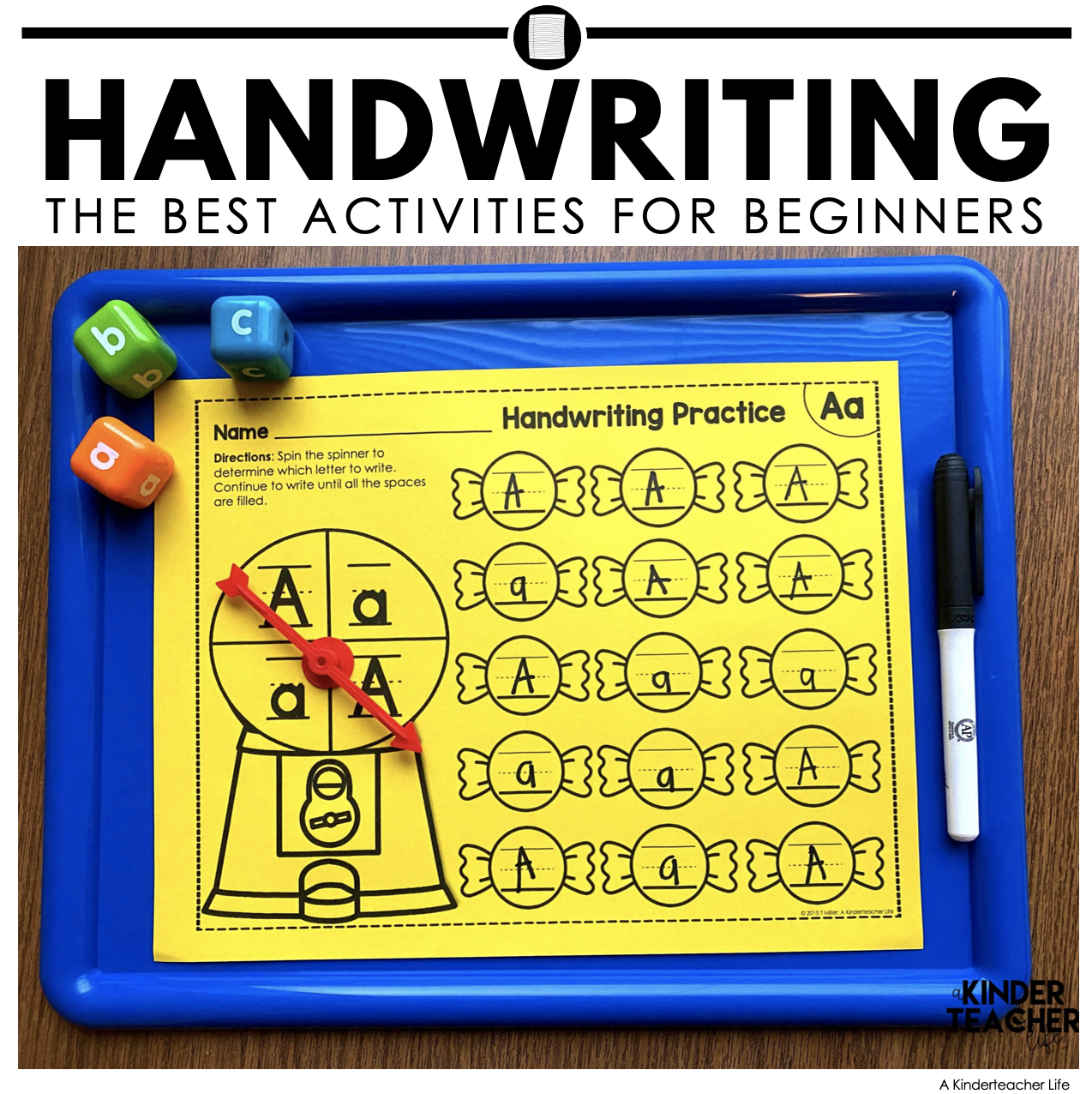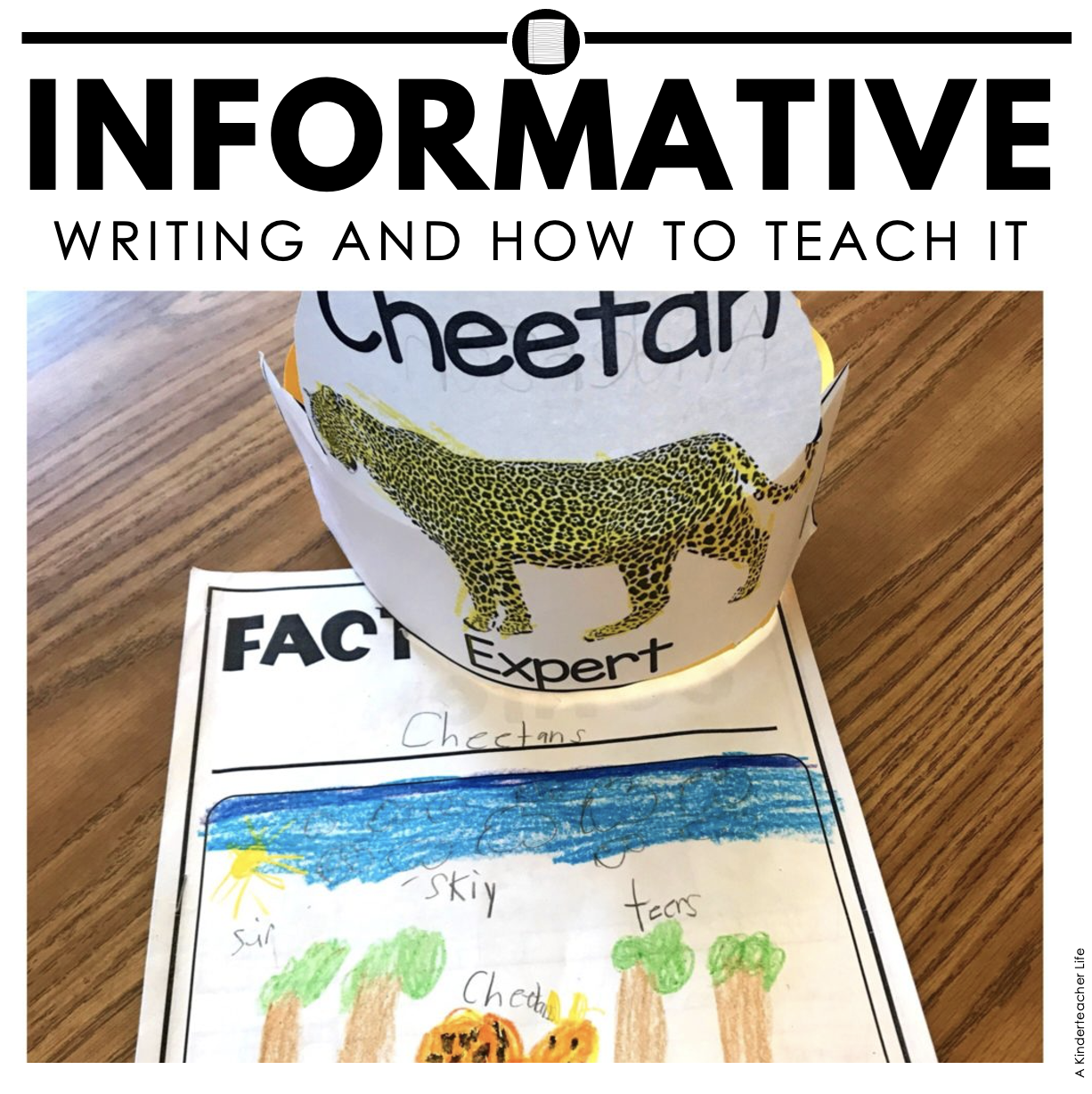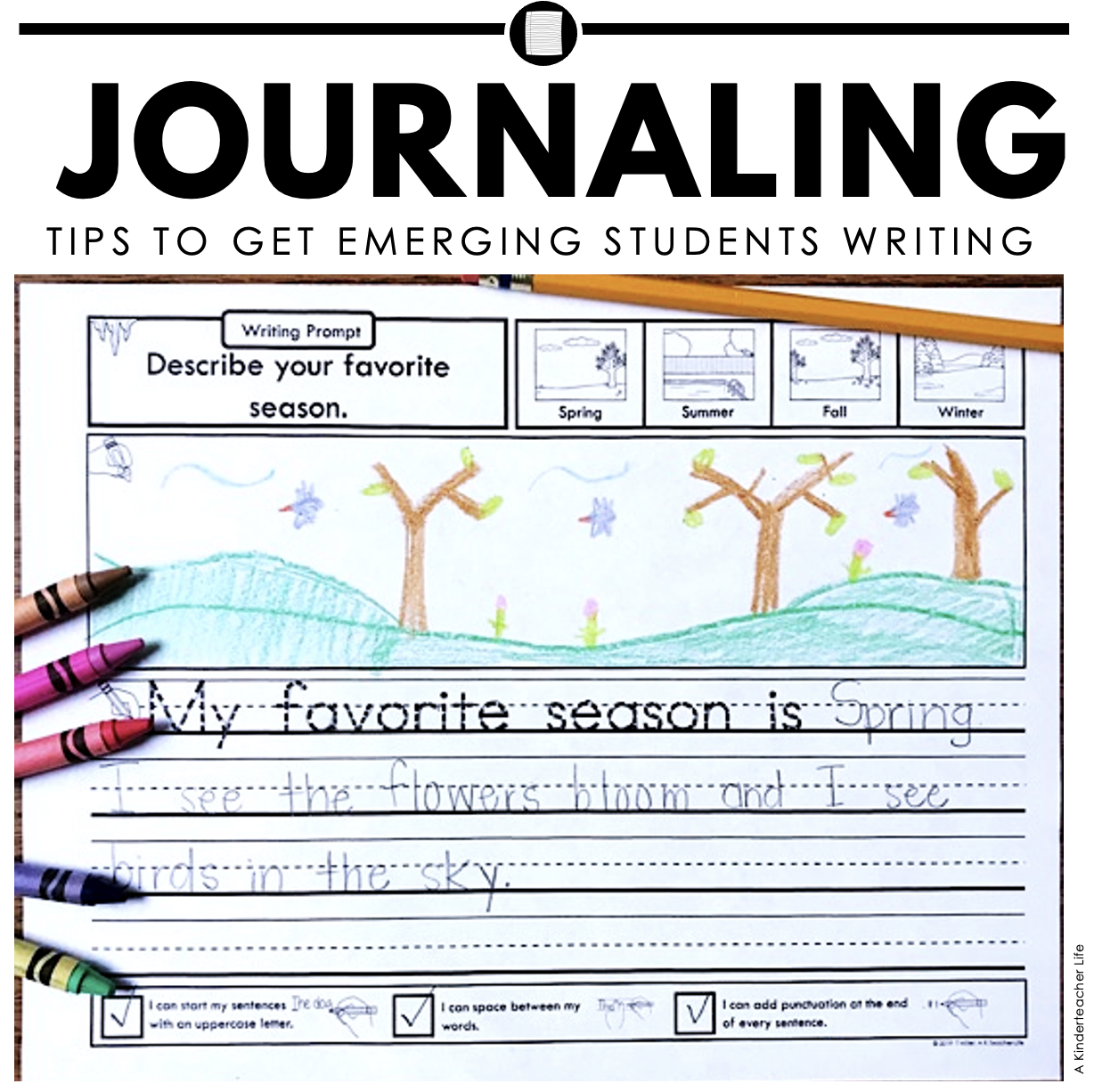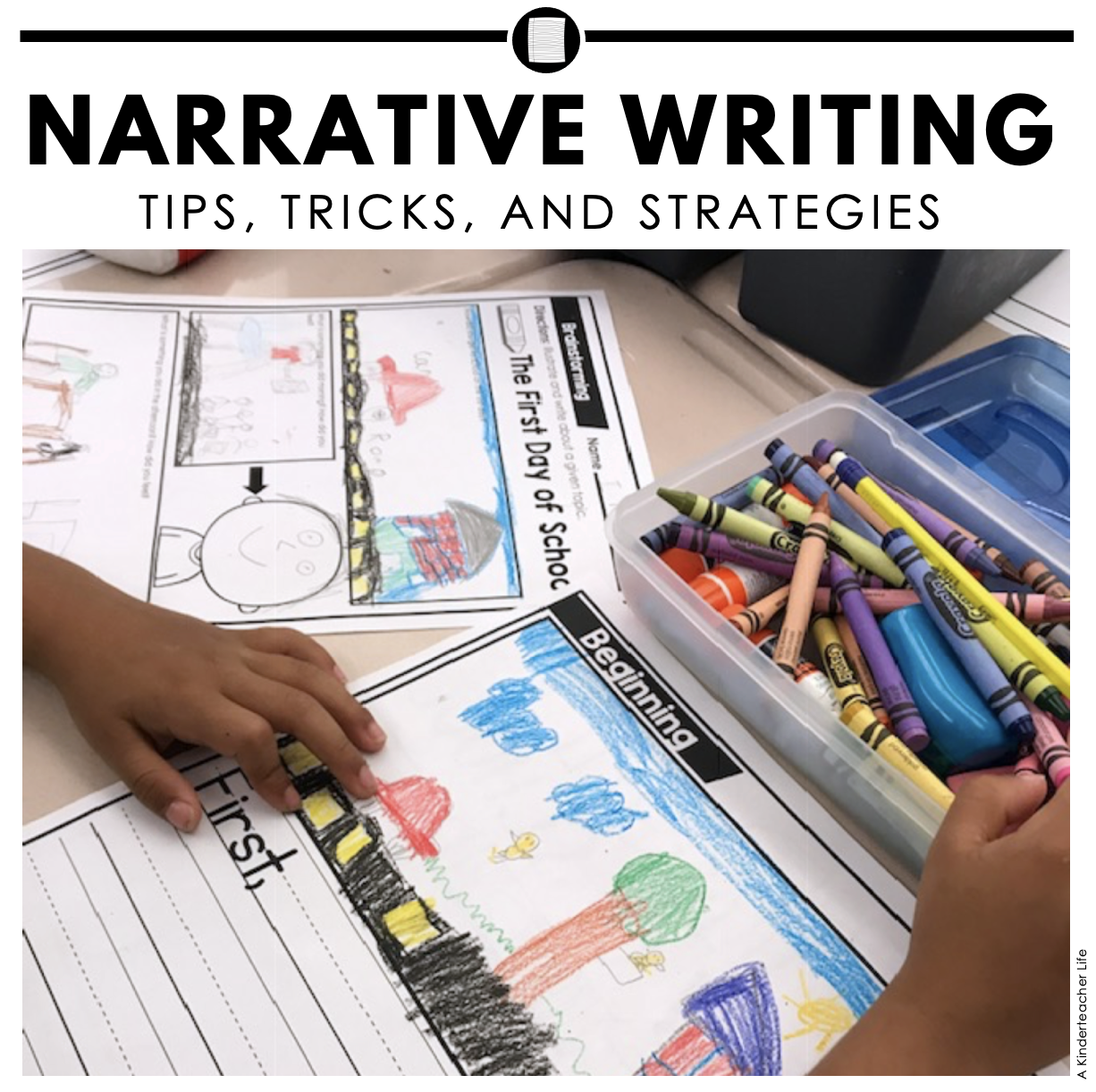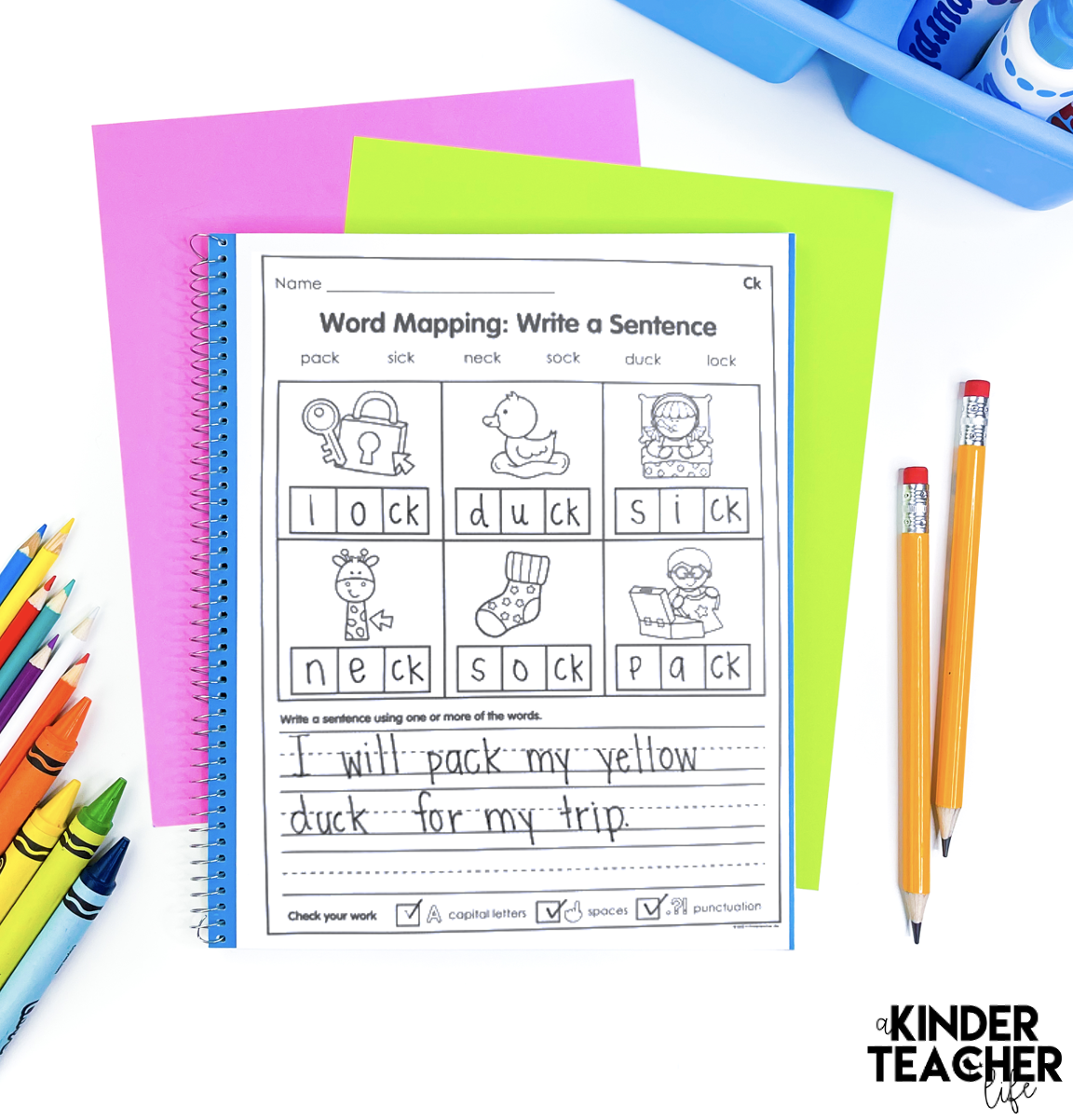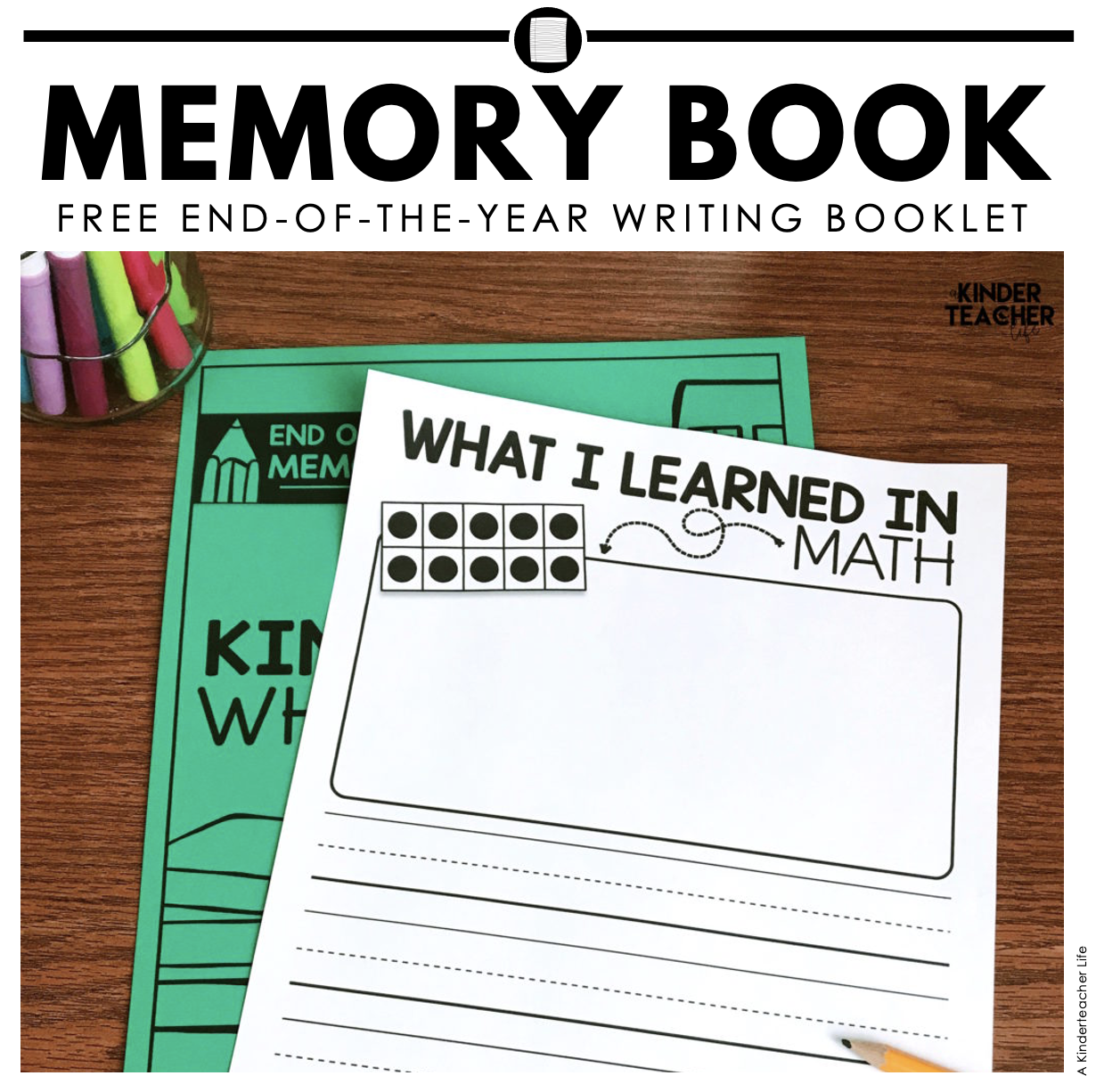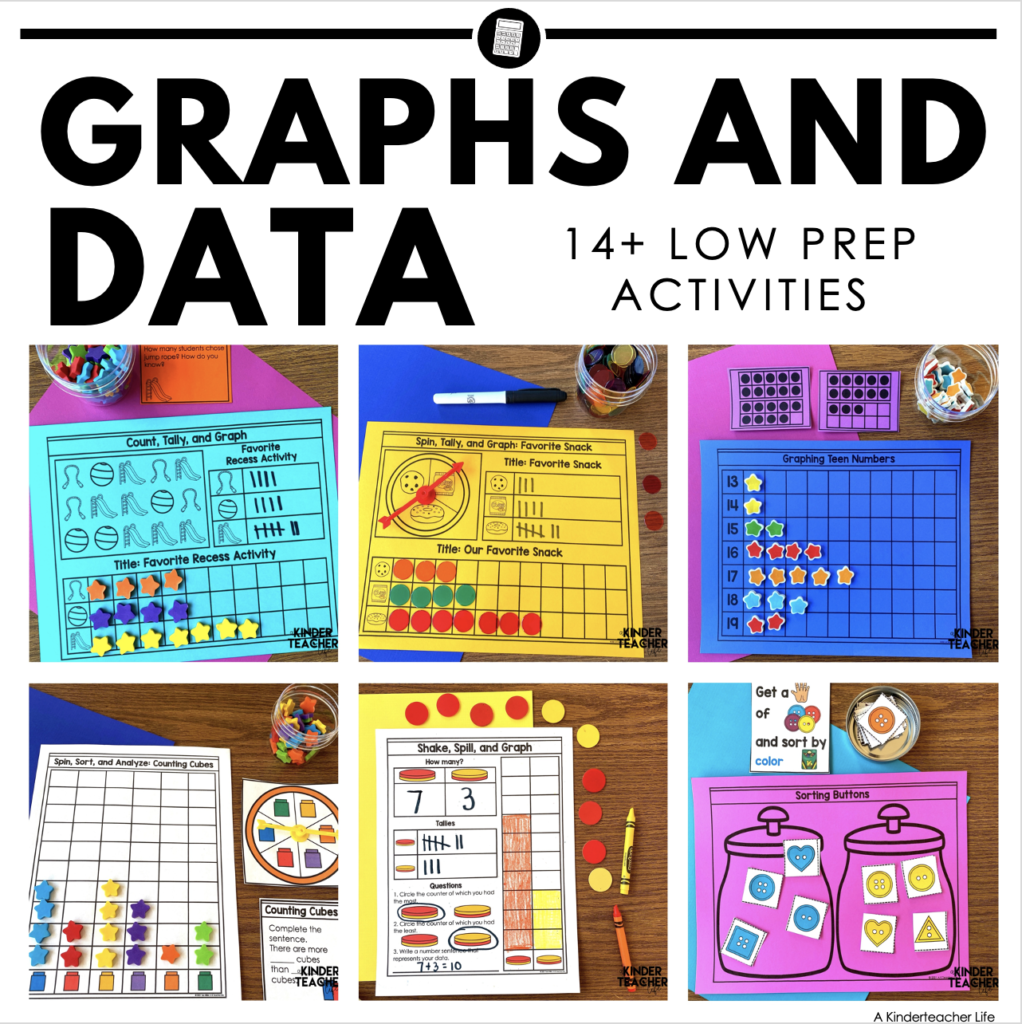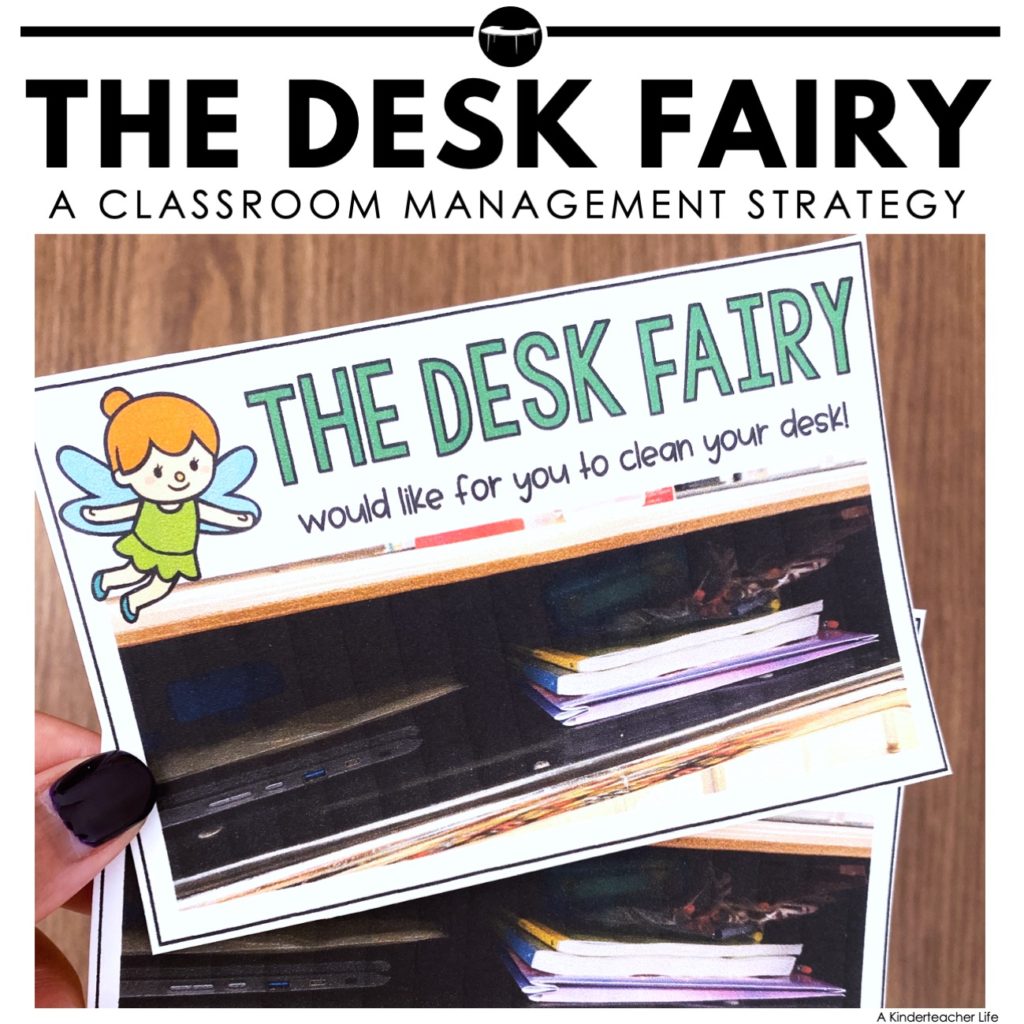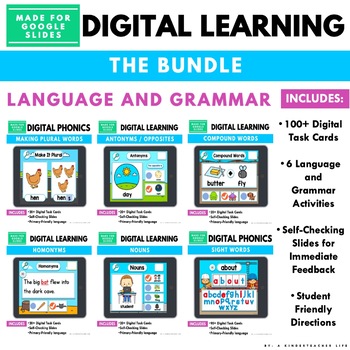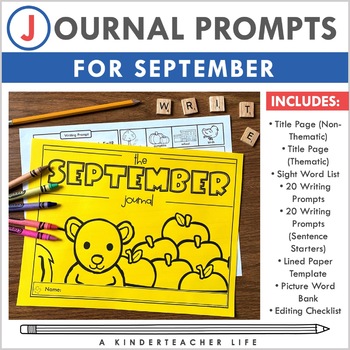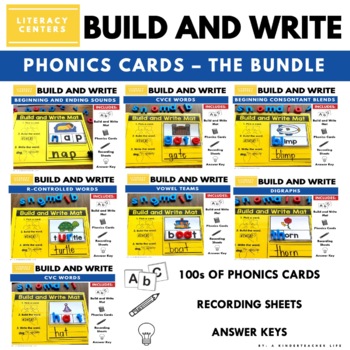Strategies To Help Students Edit Their Writing
A big part of the writing process is teaching students how to edit or revise their writing. We start editing as soon as kindergarten. Yes, it is challenging! With explicit instruction and practice, your students will catch and fix their own mistakes.
The reason why we teach editing is that it helps students to fix their work, identify errors, and make improvements. This blog post will explore practical strategies for teaching kindergarteners how to edit their writing.
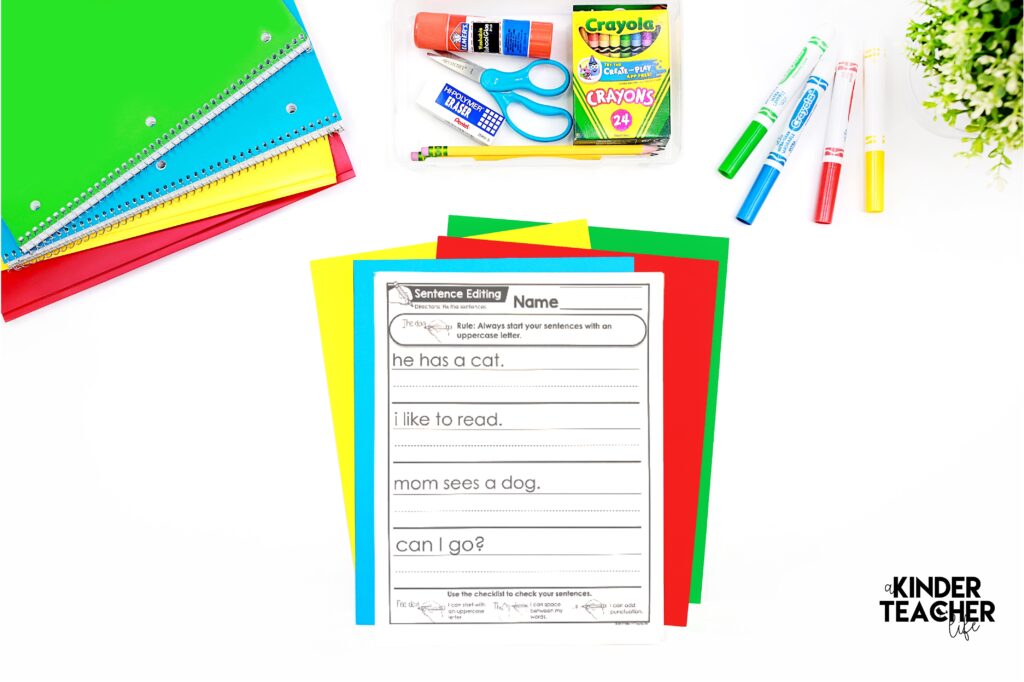
Start with the Basics
The first step to teaching kindergarteners how to edit their writing is to start with the basics. Teach them the essential parts of a sentence, such as nouns, verbs, and adjectives. Also, teach them the basics of capitalization and punctuation.
Don’t teach them all these skills at once. It will overwhelm them. Focus on one skill at a time and teach a new skill that builds on the previously taught skill.
Use Checklists
Checklists are an effective tool for teaching kindergarteners how to edit their writing. Create a simple checklist of common errors, such as spelling and missing punctuation. Have students use the checklist to review their work and make corrections.
For kindergarten and first graders, I like to use visual checklists so they can use the pictures to help them edit.
Model
Model, model, model. I use a document camera to show students how to identify and correct errors. I explained the mistake and showed them how to fix it. Modeling can be a helpful starting point for students learning to revise their work.
Conference with Students
Not every student will need the same level of instruction when working on writing. When we do big writing projects, I like pulling my students into small groups or one-to-one to review the writing. First, they read their writing to me, and they shared what they liked about their writing, and I shared what I liked. Then we fix one or two mistakes together.
Encourage Peer Editing
Have students work in pairs or small groups to review each other’s work. I usually model with a student to show what this looks and sounds like before I let them do it independently. We usually set one goal (like making sure there’s a period at the end of the sentence) or share how they can add more details to a picture, such as labels or colors.
What I like about peer editing is students offer each other guidance. They see themselves as teachers, which helps them improve their writing.
Celebrate Successes
When students successfully edit their writing, celebrate their success. Rewards can be complimenting them, a star on their paper, or displaying their work in the classroom. I’ve noticed they improve once students feel confident in their editing skills.
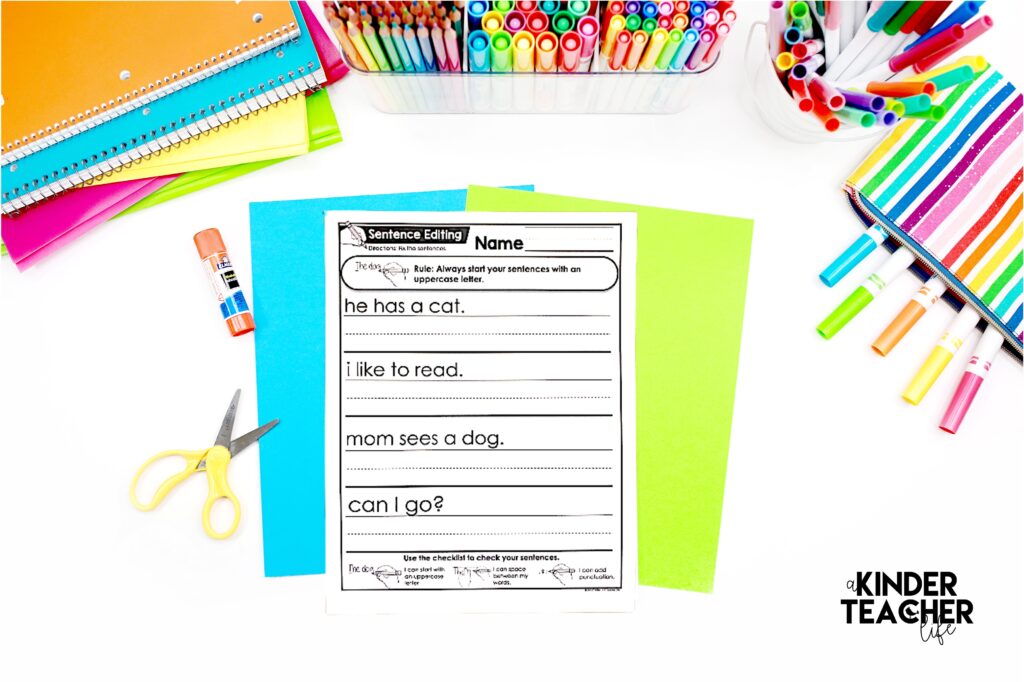
Grab these Editing Sentences Practice Worksheets
Kindergarteners can learn to edit their work effectively and produce high-quality writing with practice and guidance. I use these editing worksheets to help students edit that need extra practice. The worksheets focus on one skill at a time, allowing students to focus on one editing rule.
Students will edit sentences for capitalization, punctuation, spacing, and spelling.
Editing Sentences Practice Worksheets
How do you teach editing in your classroom? Let me know in the comments section below.
Happy teaching,
Tee

